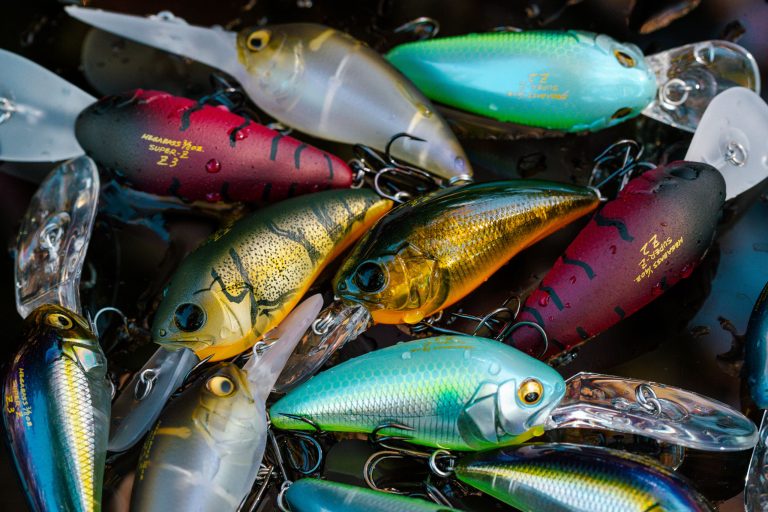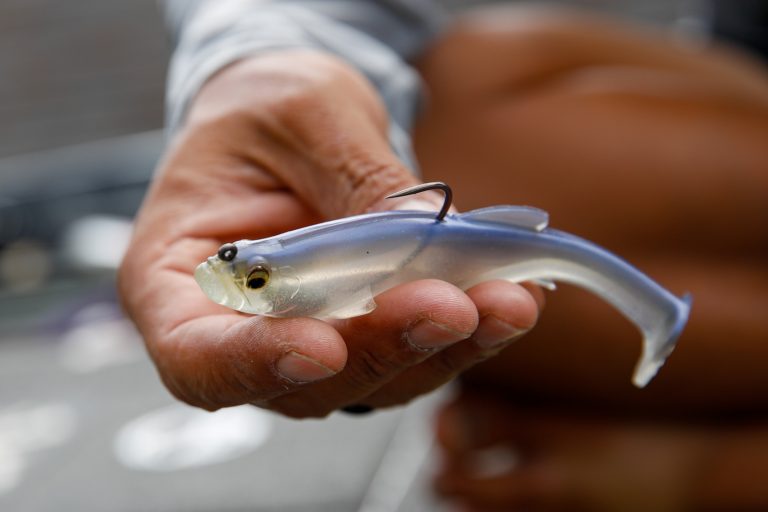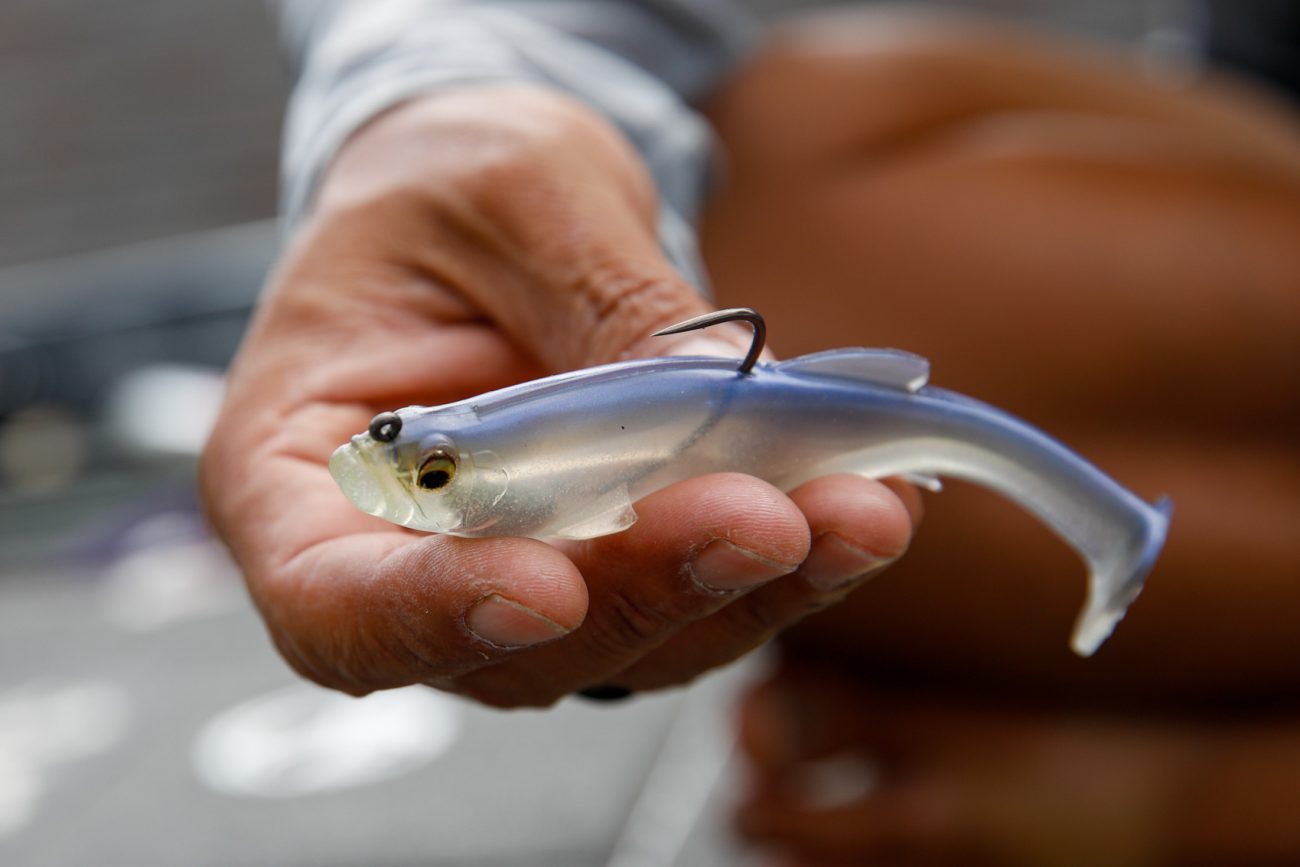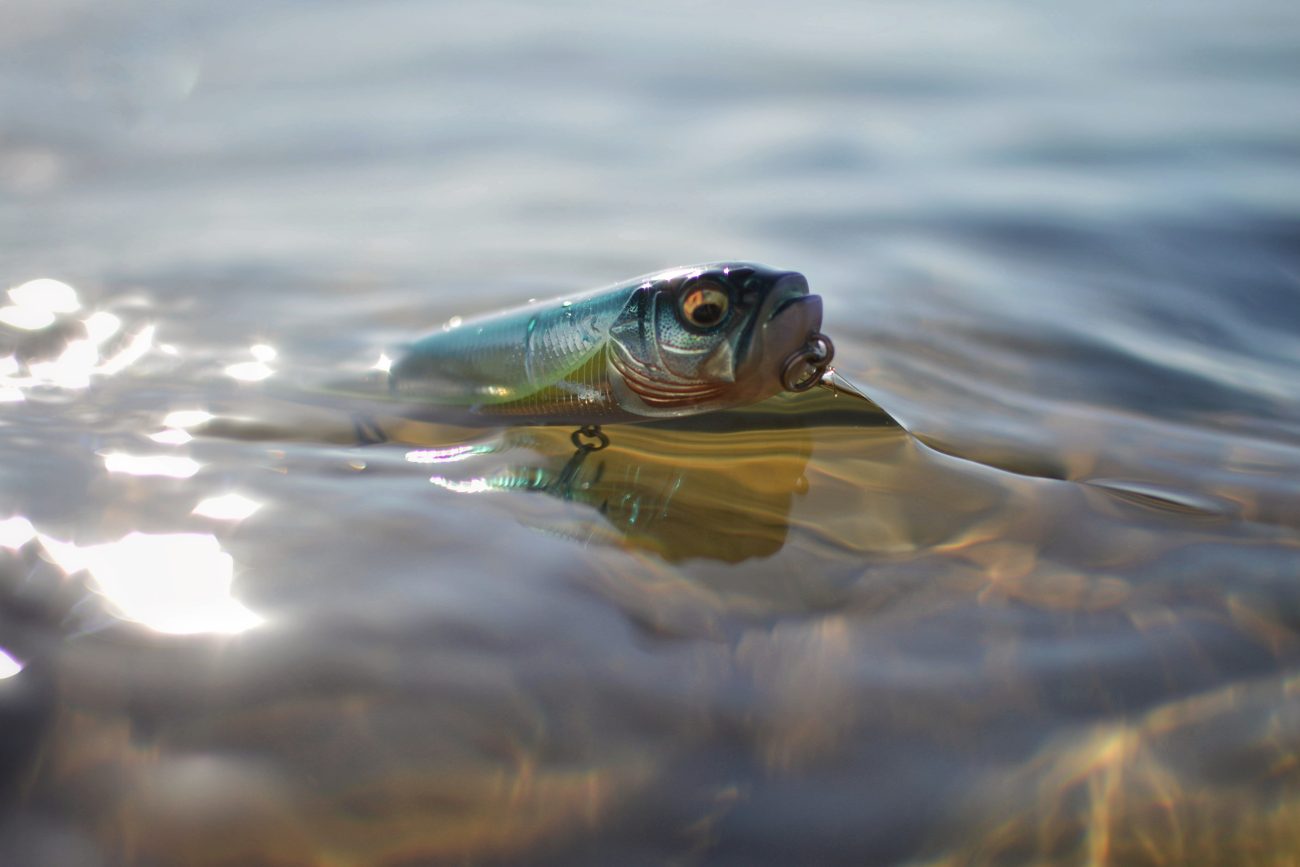In today’s competitive bass fishing scene, catching a limit isn’t enough — it’s about targeting better-than-average bass. With the overall skill level of anglers skyrocketing over the past decade, those who consistently cash checks are the ones who find a way to connect with quality fish. One of the most reliable ways to do that, especially in the summer, is by learning how to fish brush piles.
A Local Lesson in Brush Pile Success
Growing up on Grand Lake in Oklahoma, summertime bass fishing for me used to be all about throwing topwaters early and working docks once the sun got high. That old-school one-two punch still catches fish, but over time, I noticed something: my weights in tournaments weren’t improving — but the winning weights were.
Eventually, I figured out what some of the local hammers were doing. They were fishing deep brush piles. These weren’t natural structures — they were man-made piles, strategically placed and mined during the heat of the day for big largemouths. Once I made the switch, I saw why it was such a game-changer.
Finding Existing Brush Piles
The first step in mastering bass fishing brush piles is knowing where to find them. Fortunately, on many lakes, they’re already there — planted by anglers over the past decade and now a staple of summertime tournament success.
Most brush piles are easy to locate with a little graph time. Side imaging or traditional sonar will help you pick them off, especially around classic structure like main lake points, ledges, and channel swings. On lakes like Grand, you’d be hard-pressed to find a point without some brush somewhere on it.
For less obvious piles, look to the middle of coves, straight banks, or places that seem too plain to matter — these “nothing” spots often hold gold when someone has quietly dropped a brush pile there.
When you find one, mark it immediately with a GPS waypoint. As summer goes on, you’ll build a rotation of productive spots that others might never know exist.
Planting Your Own Brush for Bass
Want to take brush pile fishing to the next level? Start planting your own.
Placing your own brush piles gives you full control over where you fish — and more importantly, keeps you off the beaten path. Most anglers fish the obvious stuff. By putting your brush in less-trafficked areas and at varying depths, you give yourself a shot at untouched fish.
I like to build mine with dead hardwood branches, enough to make a 5-foot-long pile with limbs reaching up 3 to 4 feet. You don’t need a giant brush pile — in fact, smaller and isolated often works best. One or two big fish can hunker down in that kind of cover, and they’ll be less pressured than fish on community spots.
Weighting your piles is critical. I usually tie bowling ball-sized rocks to the center of the brush with wire. Once it sinks, a pile like that can hold up for two to three years before breaking down.
Make sure you set piles at a variety of depths. Water clarity, lake level, boat traffic, and seasonal conditions can all shift where bass set up. Having shallow, mid-range, and deep piles in your rotation means you’re ready for anything.
Best Lures for Brush Pile Fishing
My go-to bait when fishing brush is a Texas-rigged worm, especially during a first approach. A slow, methodical cast into the heart of the pile can coax bites from inactive fish. If I don’t get bit, I don’t just move on — I change up.
That’s when I switch to a crankbait, like the Megabass Deep-X 300 or Deep-Six, depending on the depth of the pile. These lures let you rip through the brush and often trigger reaction bites from bass that didn’t want the worm.
Don’t be afraid to mix in jigs, swimbaits, or even dropshots if the situation calls for it. The key is to match your presentation to the mood of the fish and the type of cover you’re working.
The Importance of Boat Positioning
Fishing brush piles isn’t just about what you throw — it’s how you approach them. Boat control is everything.
I always position the boat so I’m casting into the wind. It gives you better line control, more accurate casting angles, and keeps your lure in the strike zone longer. Whether you’re fan casting around deeper piles or pitching right into the heart of shallow brush, staying properly lined up makes a huge difference.
Marking waypoints, using Spot Lock, and keeping mental notes on how fish set up on certain piles will help you build a reliable routine you can run every summer.
Now’s the Time to Learn
Whether you’re just getting into bass fishing brush piles or looking to sharpen your skills, there’s no better time to start dialing it in. The work you put in — whether graphing for existing piles or doing the grunt labor of planting your own — will pay off in the hottest months of the year.
In an age where everyone is good and bass get more pressured every season, finding a way to separate yourself is key. And brush pile fishing? It’s one of the best-kept open secrets to doing just that.







